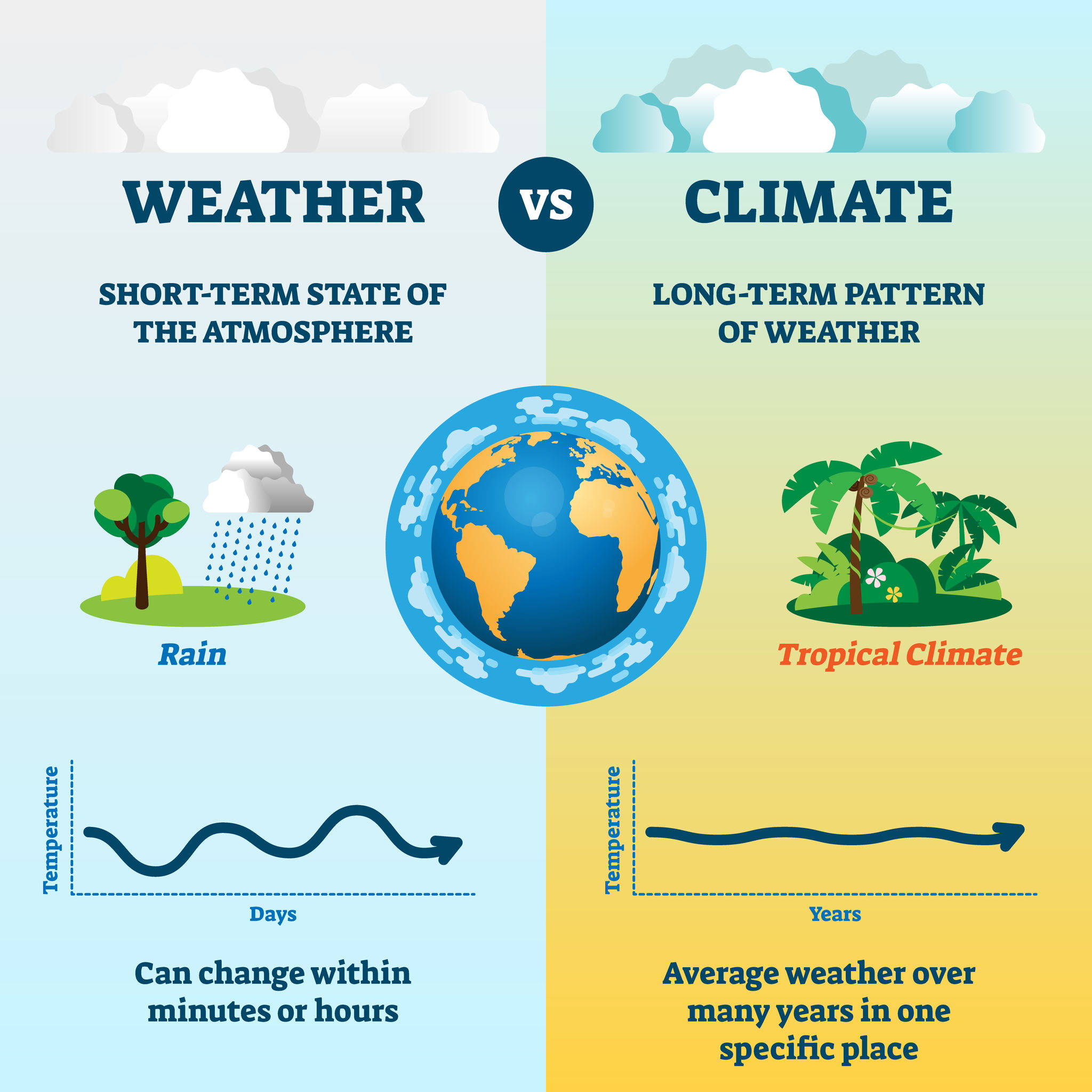
Learning Strand 6 DIGITAL CITIZENSHIP
The schematic diagram shows that the overall goal of this Learning Strand is to produce 21st-century digital citizens who are confident in using ICT and digital tools in a responsible and ethical manner. Digital Citizenship is needed to achieve this goal. Digital Citizenship is the capacity of every ALS learner to safely and responsibly generate, apply, and share digital information in multiple formats from a wide range of sources using computers or mobile devices.
To achieve digital citizenship, ALS learners need both ICT-related knowledge and skills, and the ability to integrate such skills and knowledge across the competencies listed in the other five Learning Strands of the ALS curriculum. This is the application part where the learners utilize their digital knowledge and skills as tools to communicate with others and solve problems in daily life. Each of the other five Learning Strands will thus go hand in hand with Learning Strand 6.
This Learning Strand covers the following digital citizenship competencies:
Content Standard
Performance Standard
Digital Concepts
Explain basic concepts related to use of information communication technologies (ICTs) in an increasingly digital world
Digital Operations and
Demonstrate knowledge of basic hardware operations, software operations, and file management in using a computer.
Management
Digital Applications
Use common office application software packages (word processing, spreadsheet, presentation software) to produce documents and manage information as tools to solve problems in daily life.
Digital System Network
Navigate the digital global system to search for information and resources and communicate with others in everyday life.
Digital Devices
Make use of mobile devices as tools to access information and communicate with others.
Digital Ethics
Demonstrate ethical practices and values in using technology in the 21st century.
The learning competencies and skills in this Learning Strand are sequenced from the simplest to the most complex and based on the content standards. Leveling of the learning competencies will start at Lower Elementary up to Advanced Junior High School

Learning Strand 5 UNDERSTANDING THE SELF AND SOCIETY
This Learning Strand 5―Understanding the Self and Society is intended to help ALS learners acquire a positive sense of self and social responsibility that will lead them to the development of their potentials and enable them to live together harmoniously in the contexts of their family, local community, and country, as well as be able to participate as a member of the Southeast Asian region and an increasingly global community.
This means helping learners develop the capacity to think with complexity taking into account multiple cultural perspectives (Chickering & Reisser, 1993). In an increasingly globalized world, it is important that out-of-school youth and adult learners are able to see things through the hearts, minds, and eyes of others, and understand the impact of regional and global issues on their lives and the lives of the members of their family, community, and country. The Learning Strand endeavors to encourage learners to continue developing knowledge, attitudes, values, and skills in order to act locally in building a just, peaceful, equitable, compassionate, multicultural, and pluralistic society. Hence, it is important to inculcate in learners that what they do affects their sphere of influence (family and community) and creates an impact on the nation, the region, and the world. According to Colby and Sullivan (2009), persons with a civic and moral identity and sense of obligation to society are more likely to behave in ways that fulfill individual and social responsible goals. Thus, as members of the Association of Southeast Asian Nations (ASEAN) and world communities, learners’ horizons for developing identity need to be national, regional, and global.
The underlying premise of the Learning Strand is presented below in a spiraling framework that indicates the constant flow of the self-development process, which starts from the self and expands beyond intrapersonal space to the family, community, country, ASEAN region, and the world at large. The flow indicates that to effect social and national transformation and participate as a regional and global citizen, the change process necessarily starts from personal changes that would make the individual live and work effectively as a human person.

Learning Strand 4 LIFE AND CAREER SKILLS
In addition to demonstrating mastery of skills completed under LS 4, all ALS learners, at the end of their JHS program shall complete at least one (1) TVL track specialization leading to the acquisition of occupational skills and a National Certificate (NC). Refer to the K to 12 Curriculum Guide (CG) of the Technical-Vocational Livelihood (TVL) track on the different areas of specializations. The purpose of the TVL track specialization is to ensure ALS learners graduate with practical skills to ensure their immediate employability and livelihood options.
The skills needs may vary from learner to learner. Some may already have the skills and competencies, background knowledge or experience while others may not. Hence, the acquisition of such skills follows the sequencing and spiraling of competencies, with the easiest skills to be acquired at the beginning stage as “pre-requisite tools.” It will also allow the learner to gradually move from simple to more difficult skills and competencies.
In this strand, spiraling of competencies takes into account the interest, learning needs, experience, aspirations, resources and creativity of the learner at each level. Therefore, there is a need for the Facilitator and Instructional Manager to assist the learners at each level and at the same time provide challenging experiences of success in improving the chances of his/her own productivity.
Example 1 : Content Standard: Ability to earn a living (Self-employment/Entrepreneurship)
Performance Standard B : Apply working knowledge, skills and positive attitudes as a self- employed individual/entrepreneur to engage in a business activity involving marketable goods and services to earn a living and improve one’s economic status.
Elementary Level (Advanced) : Assess one’s personal strengths/attributes/assets/limitation/interests as a potential entrepreneur : Generate new business ideas
Junior High School : Analyze potential business ideas to identify possible viable/feasible business options as a self-employed
entrepreneur using a set of criteria. Develop and nurture personal entrepreneurial competencies
In example 1, the competency is distributed across the two levels with varying degrees of difficulty. In the Elementary Level (Advanced), learners are introduced to assessing one’s personal strengths/attributes/assets/limitation/interests as a potential entrepreneur and learners will generate new business ideas. As the learning progresses, it is expected that the learners acquire more concepts, knowledge and skills on self-employment/entrepreneurship. In the Junior High School level, as the learners master the competency, they can already analyze potential business ideas to identify possible viable/feasible business options as a self-employed entrepreneur using a set of criteria and develop and nurture individual entrepreneurial competencies.

Learning Strand 2 SCIENTIFIC AND CRITICAL THINKING SKILLS
The ultimate goal of Learning Strand 2 is to develop individuals who are aware of their own thinking, able to make critical and informed decisions, defend their ideas and evaluate the ideas of others, and are persistent in striving for new ways to solve problems. Through the development of scientific literacy and critical thinking skills, ALS learners will enhance their own personal and social effectiveness by way of improving the quality of life.
Specifically, embedded in the performance standards are the functional competencies of openness to change; awareness of options; ability to make critical and informed decisions; curiosity, innovativeness and creativity; and future orientation with the abilities to:
organize new knowledge
gather and analyze information
categorize things and ideas
make comparisons
infer principles from evidence
critique one’s own thinking
evaluate options as a basis of decision making
apply the scientific process
seek explanations for applying the scientific process
support assertions with evidence
overcome obstacles and find a better way of doing things
apply principles to draw conclusions
and learn independently.
All of these will lead the ALS learners to understand and apply scientific knowledge (cognitive), develop and demonstrate scientific values and attitude (affective), and demonstrate scientific inquiry skills (behavioral). Thus, it achieves holistic development of science skills among the learners as they attend the learning interventions.

Learning Strand 3 MATHEMATICAL AND PROBLEM SOLVING SKILLS
The competencies are logically sequenced from simple to complex based on the level of cognitive demand and nature of the Mathematics subject area. For example, before being able to do division of fractions, its prerequisite is that one must first understand multiplication of fractions. The ALS Mathematics curriculum contains the following performance standards:
PERFORMANCE STANDARD A: show desirable attitudes and values in the application of mathematics in daily life.
PERFORMANCE STANDARD B: communicate ideas using mathematical symbols and expression
PERFORMANCE STANDARD C: demonstrate knowledge and skills involving geometric shapes and figures and its application in daily lives.
PERFORMANCE STANDARD D: demonstrate knowledge and skills in using measuring devices in real life situation.
PERFORMANCE STANDARD E: demonstrate knowledge and skills in pattern and algebra (linear equations and inequalities in one and two variables, linear functions, system in linear equations, and inequalities in two variables; exponents and radical, quadratic equations; inequalities; functions; and polynomials and polynomials equations and functions).
PERFORMANCE STANDARD F: demonstrate understanding and skills in the effective use of tables, graphs and statistics in presenting, analyzing and interpreting data, and dealing with uncertainty; and making predictions about outcomes for everyday problem solving.
It is envisioned that the attainment of these performance standards will equip ALS learners with the necessary minimum foundational mathematics competencies to prepare them for the world of work and further study under the Senior High School Program.